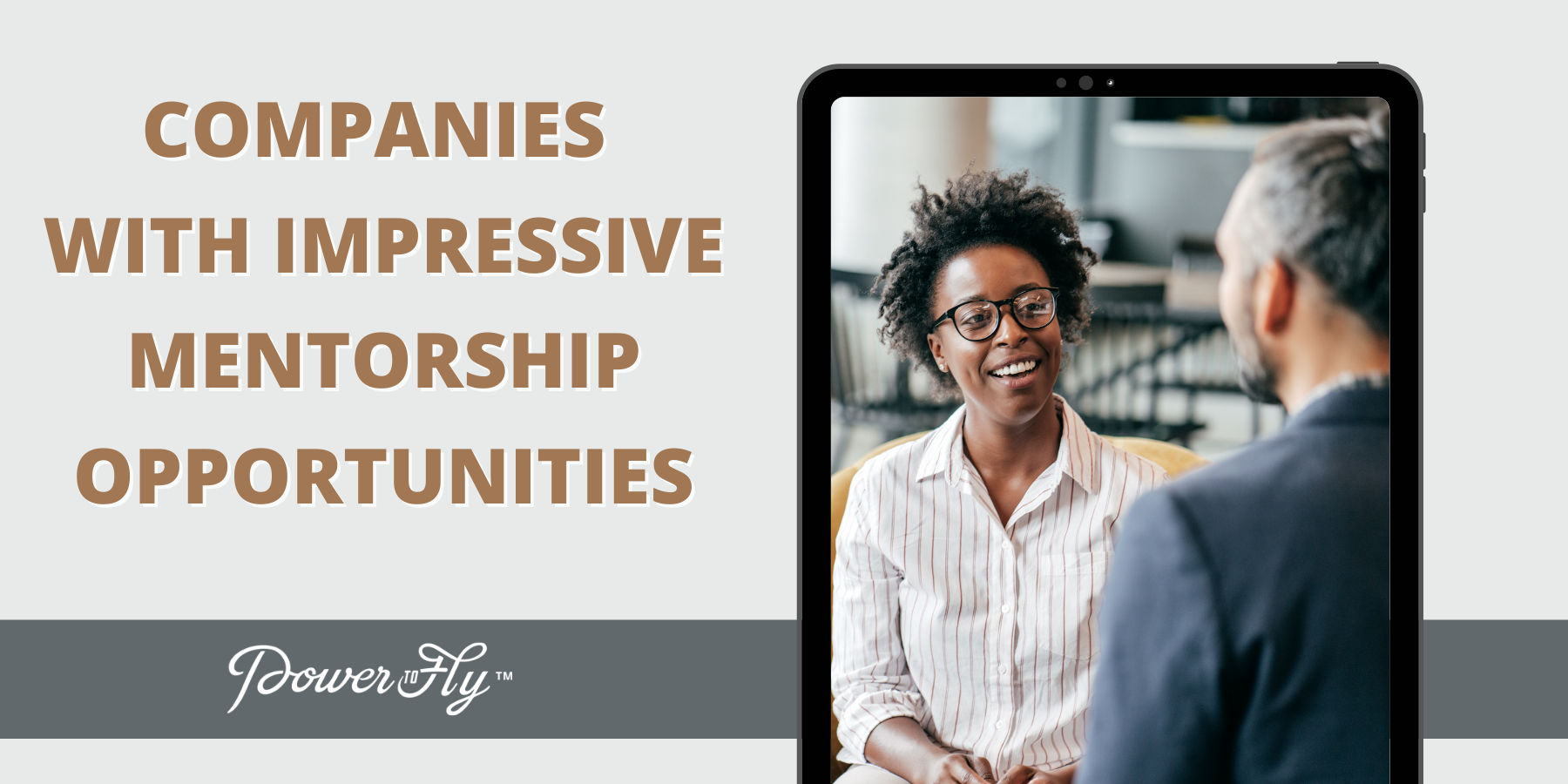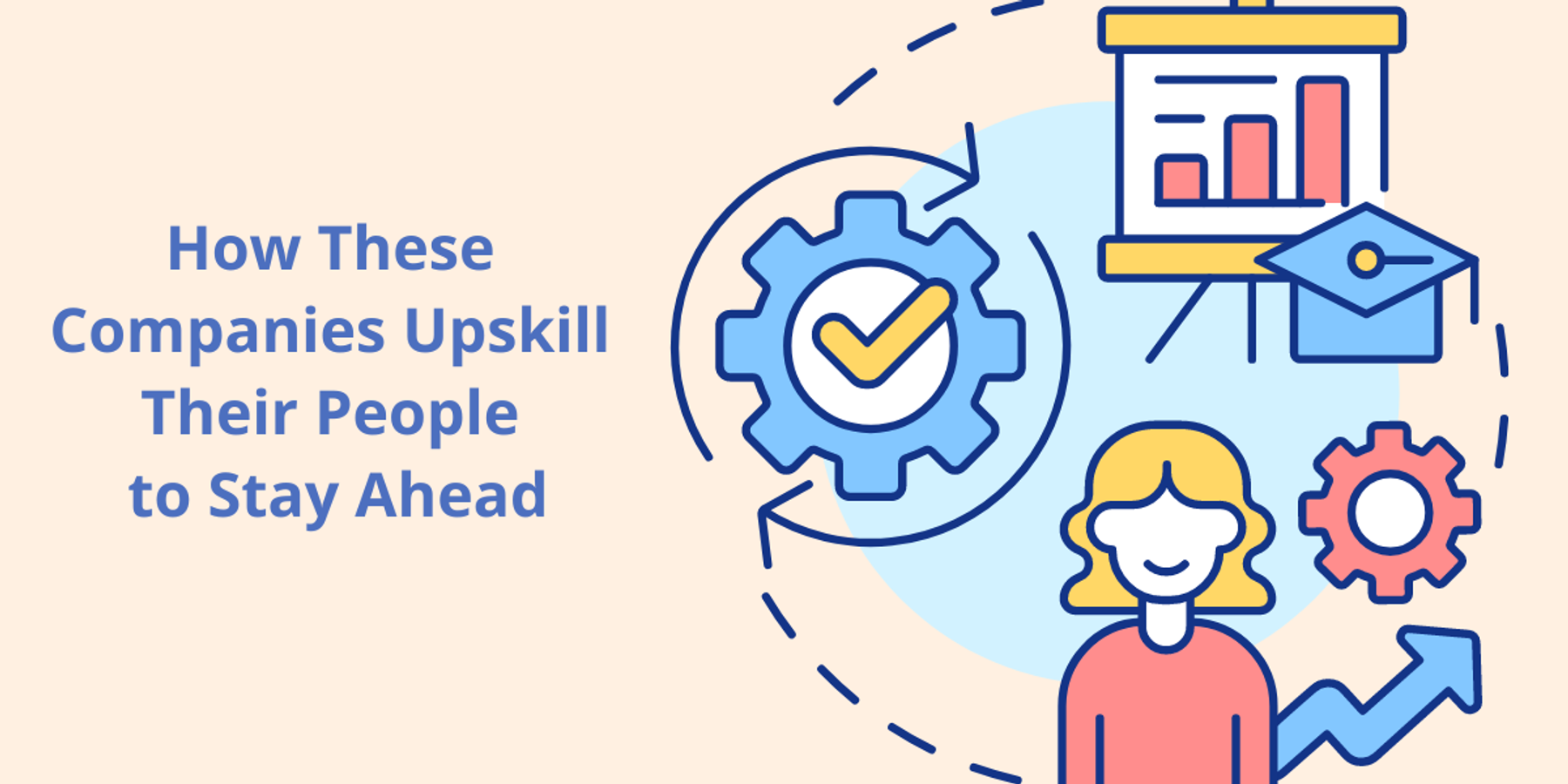Tay Nishimura describes herself as an artist, philanthropist, and technologist. “When I meet people, they often only know my tech side. I've been trying to change that by presenting all aspects of myself,” she explains.
She achieves this by combining technology with philanthropic work. “I'm the Chief Technology Officer of a non-profit that helps bring technology education into prisons,” she says. “We're in the early phases of developing a curriculum on our learning platform where people can learn about computer networking.”
As for her artistic side, that’s what helps her get into the zone when she’s completely emerged in the tech world. “Painting has been really good for me,” she notes. “I was never trained in that type of visual art, but it comes naturally. I've been doing it a lot to get into a flow state and separate my brain from technology.”
We sat down with Tay to learn how she bridges all sides of her personality into a career as an infrastructure engineer. We also discussed both her career journey and how mentorship and a supportive work environment have helped her succeed.
Entering the Tech World Unexpectedly
Throughout Tay’s childhood, math played an important role.
“Math is a very serious subject in Japan,” she shares. “My mother taught me when I was younger. She gave me a lot of visual frameworks so I had a good foundation.”
Her dedication to math continued to blossom when she went to a math and science summer camp. “There I met my fellow math lovers who I became close with and we grew up together,” she says. “I went to that camp for five years and it set me up to love abstract mathematics.”
Coming from a childhood filled with equations and dividing fractions, studying mathematics in college seemed like an obvious choice. However, Tay’s first interest was in architecture. “I was always building houses as a kid,” she explains. “But when I got older I didn’t make a portfolio to apply to college and so my default was math.”
Once she started taking math courses at her university, she was slowly introduced to the world of computer science and the job opportunities that came with it. “I was always interested in the math side of everything, but when it came time to apply for jobs, everything was programming,” Tay says. “So I took more classes, double majored, and landed in the tech world unexpectedly."
Growing Within and Out of the Computer Science World
Tay began her career as a software engineer and was surprised to learn how flexible the work day can be. “If you need to have a later meeting or work odd hours, as long as you're getting your work done, you can be you,” she highlights.
This new environment has provided her with the space to grow into her own. “It's allowed me to be myself and communicate with people in the way I need to,” she explains.
Over time she started to understand the different communication styles. “You could be the person who's talking to everybody, you could be the person who only messages on Slack,” she says. “People are looking at what you are thinking about and how you present that.”
Tay notes that in other fields, lacking certain soft skills such as public speaking might negatively impact your performance. However, in the computer science world, it tends to be different. “People are trying to understand what you like, what you like to do, and how to find projects that work for you," she explains.
And what Tay really liked to do was in another corner of the engineering world. “I don't think people realize that when they come into the field, there are so many different corners,” she explains. “It’s been fun that every year I'm in a different area of tech.”
Transitioning to Infrastructure Engineering
Infrastructure engineering was the next phase of Tay’s career trajectory, yet she didn’t know if it was the best move. “I was terrified I would not be able to learn enough about networking or virtualization to meet expectations when I started," she admits. “I had always been more on the application side of things.”
When her friends presented her with the idea of switching fields, she wasn’t sure that her experience would provide her with the foundation to make this career change.
“I'm visual and a lot of infrastructure content is not. It's very much paragraphs and I'm a terrible reader,'' she admits. “I didn’t know how computer networking works. I didn’t know how my program runs or where it runs in the cloud. I didn’t know any of that stuff. And when I tried to learn about it, I got lost in the jargon.”
However, all the self-doubt ceased when her friends asked her one crucial question: Have you tried? “That was such an eye-opening question,” she recalls. “You don't know until you try.”
Tay put in the effort, but the road wasn’t easy. “It took me about a year or two before I felt like I understood what infrastructure was,” she confesses.
While studying, she used her artistic side to understand the complex material better. “Because I was reading this jargon that I didn’t understand, I drew everything out for myself and that solidified it in my head,” she explains. “It imprints it in my head, like a blueprint, and I can recall it at any time.”
After putting in the time and effort, her hard work paid off. “Once you build it up, operating Kubernetes and working on a platform engineering team are both really cool. Now I think this is the right place for me, and I never got this excited as an application developer.”
Coming into Her Own as an Infrastructure Engineer
Infrastructure platform engineering focuses on the tools that allow tech companies to deliver their products to customers. “If I were to cook, I would need an oven, a fridge, food, and other tools,'' she explains. “The more well-designed they are, the faster dishes can be produced.”
Part of Tay’s work is providing those tools that help companies do their work. “As an infrastructure engineer, usually what you're building is an enhancement on something already being used by people in your company,” she explains. “Thus, it’s very important to be precise the first time. If a tool breaks, you slow them down — just like if your stove doesn't work, you can't cook anymore.”
This is why Tay spends a good portion of her time designing. “A lot of what we build can't be checked or tested immediately,” she points out. “We need to design all of those situations up front. I would say I spend about 20 to 30% of my time communicating designs.”
A greater part of her time is dedicated to implementation. “I spend another 50 to 60% of my time implementing code or tuning live systems.”
The rest of the time, she solves problems and puts out fires. “Which means we made something, we changed it, it broke and we're fixing it so that other people can continue working,” she explains. “I also spend time talking to people, getting to know what kinds of problems they're solving. Ironically, I feel like a part of my job description is to socialize technical ideas whereas I had the impression that I’d get to socialize less in infrastructure teams than in application teams.”
A Supportive Work Environment at Datadog
When Tay started working at Datadog, she noticed something that set them apart from other start-ups. “Work-life balance is this unicorn word that's thrown around at any booth you go to at a career fair,” Tay says. But at Datadog, these words have meaning.
“I come from a burnout culture. To show to myself and others that I am productive, I’ve spent a lot of hours working,” Tay admits. However, at Datadog they encourage her to do the opposite. “One of the top pieces of feedback that I get is to take more time off.”
Datadog is the SaaS-based monitoring and security platform for cloud-scale infrastructure, applications, logs, and more. They have created a work environment where giving and receiving feedback is part of the company culture.
Tay has received feedback not only on her ability to complete certain projects but also on being more confident. “At first I thought they were messing with me," she recalls. “They weren’t giving me feedback on my unit test [at performance reviews], or the way I communicate information. At Datadog, it's consistently been: be more confident.”
This type of feedback comes from a more constructive style of leadership and guidance. “In our culture, we don't force anything,” Tay explains. “I'm used to the more rigid style of beginning a quarter: here are all the ways you need to improve by the end of the quarter, otherwise you're behind.”
However, Datadog’s structure supports its employees by using additive thinking sometimes known as a snowflake evaluation. “This is where you take the attributes of yourself you enjoy, you sum that up, and that's your evaluation,” Tay explains.
Tay feels that this more additive style of leadership will help her become a senior engineer one day. “As a senior, you have to persuade other people of what you believe in. And a lot of that comes down to confidence,” she says. “This means that confidence becomes part of the job and stops being optional. The way you carry yourself, the way you argue your point, all that matters.”
Advice on Seeking a Mentor and Breaking into the Tech World
Along with having a positive work environment at Datadog, another component of Tay’s success and growth is having mentors. “I've been lucky in finding mentors because I am willing to be vulnerable,” she says. Although she admits that being vulnerable is not easy. “If you walk into a room where they are talking about databases and you say, ‘Hello everyone, I know nothing about databases,’ it does compromise you.”
Fortunately, she had a group of supportive women mentors that guided her when she first entered the field. “They understood when I expressed a problem,” she points out. “I describe experiences as ‘I feel this,’ rather than 'I think this.’ Saying ‘I feel’ is often seen as a weaker assertion, but my mentors perceived my feelings as significant, and always offered time to discuss and address those situations.”
For those looking to advance in other areas of the tech field, Tay offers this advice:
1. Find study partners. “Reading up on your own is a huge part of leveling up as a technologist,” Tay explains. Although extra study time outside of work is needed to get ahead, spending that time alone or not socializing because you’re studying can be difficult. “Find a group of people, whether it be mentors or just friends, that have a similar goal where you need to sit down and work, but also socialize at the same time.”
2. Don’t be discouraged by rejection. “Tech is hard. But getting into tech is its own difficult problem,” Tay admits. While breaking into the world can be hard, she highlights the importance of not giving up. She has seen many people giving up 80% of the way there. “That's so sad because it's just gritting through the last 20% that will get you there. And the thing that helps in those last moments is to realize that you are ready.”
Tay reflects on moments in her career when she struggled to find the role that was right for her. “At that point, I thought I couldn’t do this because if this company rejected me, who would ever take me,” she admits. “However, there's going to be something other than your lack of work experience in tech that makes them say yes. Finding that one company is your goal, and if you apply enough, you will find it. Don't give up.”
3. Build trust with a mentor that is in your desired career. If you have a certain career goal in mind, find someone in that place. “It's worth it to take the extra step, to look for people you want to emulate, and to build a relationship with them. A lot of what mentors have helped me with is telling me I’m supposed to be here and not to give up. But, if you haven’t built up trust with your mentor, then you won't be convinced by those encouraging conversations.” Finally, if you find an incredible person like that, “action their feedback even if you are busy. Nothing makes a mentor want to invest more like seeing their positive impact on your career… that starts with you doing your homework.”
Want to join Datadog’s supportive team? Check out their openings!




